

As an MEP engineer, you have to showcase not one, not two, but three key disciplines in your application. That’s a lot of great skills and qualifications on two small pages.
So, if you need some guidance on how to fit it all in, check out our expert writing tips below, complete with a MEP (Mechanical, Electrical, and Plumbing) engineer CV example.


Before you start writing your CV, take a look at the example MEP Engineer CV above to give yourself a good idea of the style and format that works best in today’s job market.
Also, take note of the type of content that is included to impress recruiters, and how the most relevant information is made prominent, to ensure it gets noticed.
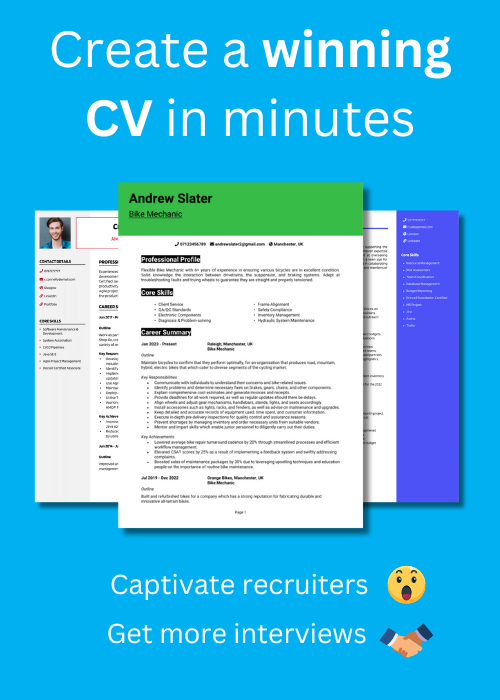

If you focus purely on the written content of your CV but ignore the style and layout, your efforts could end up wasted.
No matter how suitable you are for the role, no recruiter wants to spend time squinting and trying to navigate a badly designed and disorganised CV.
Instead, make sure to organise your content into a simple structure and spend some time formatting it for ease of reading – it will ensure every recruiter and hiring manager can read your CV with ease.
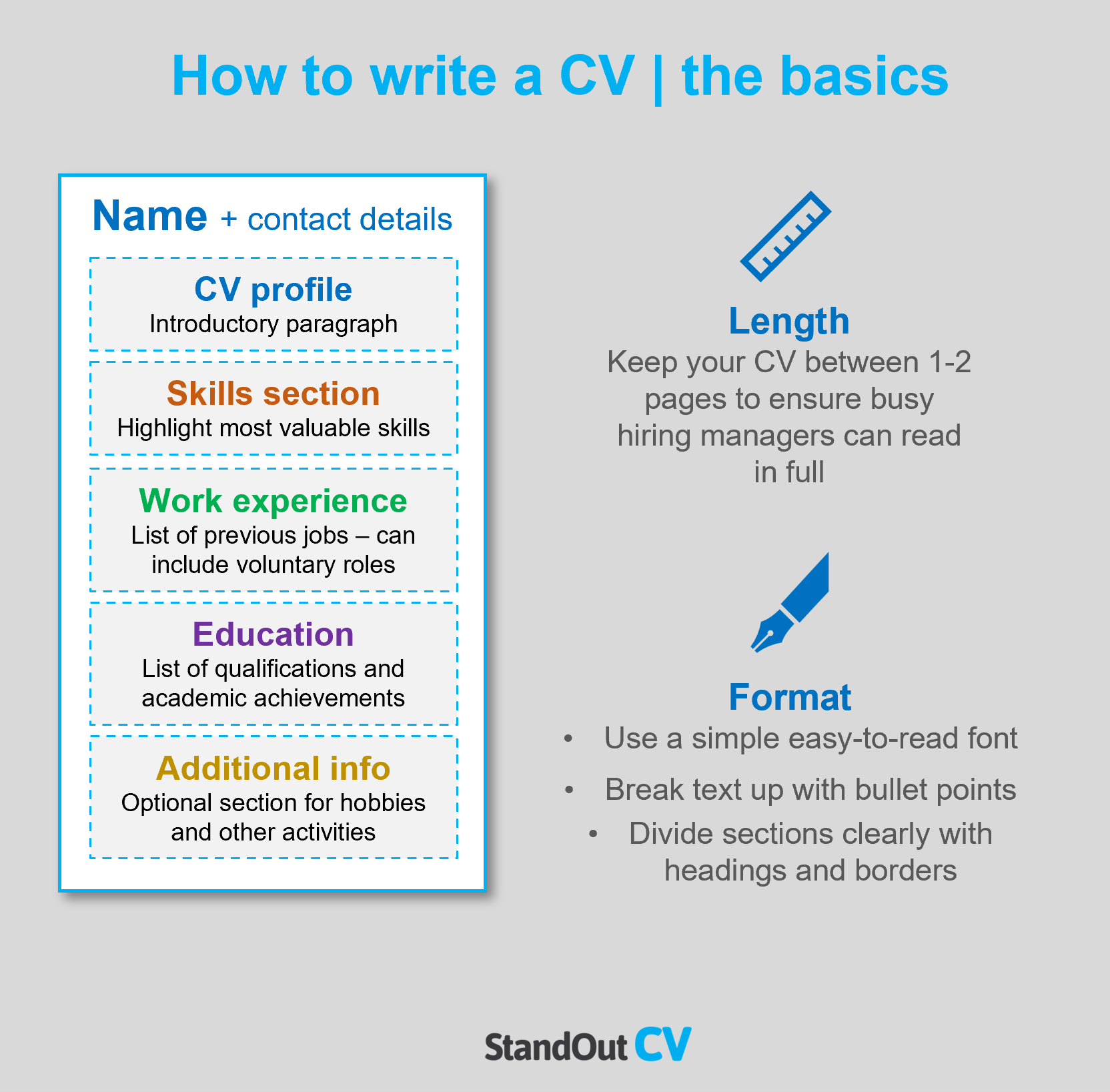
Quick tip: Creating a professional CV style can be difficult and time-consuming when using Microsoft Word or Google Docs. To create a winning CV quickly, try our quick-and-easy CV Builder and use one of their eye-catching professional CV templates.
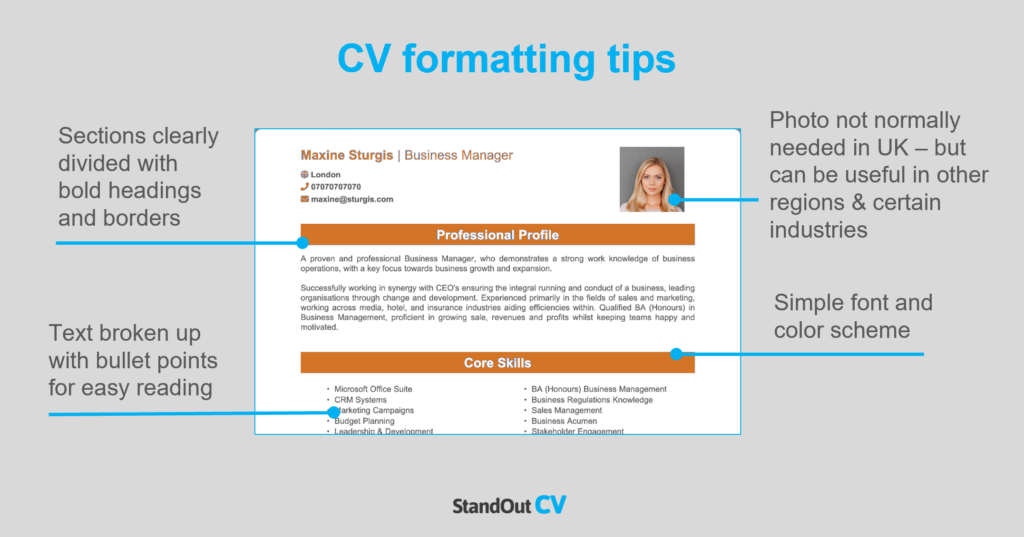
Divide your CV into the following major sections when writing it:
Now you understand the basic layout of a CV, here’s what you should include in each section of yours.
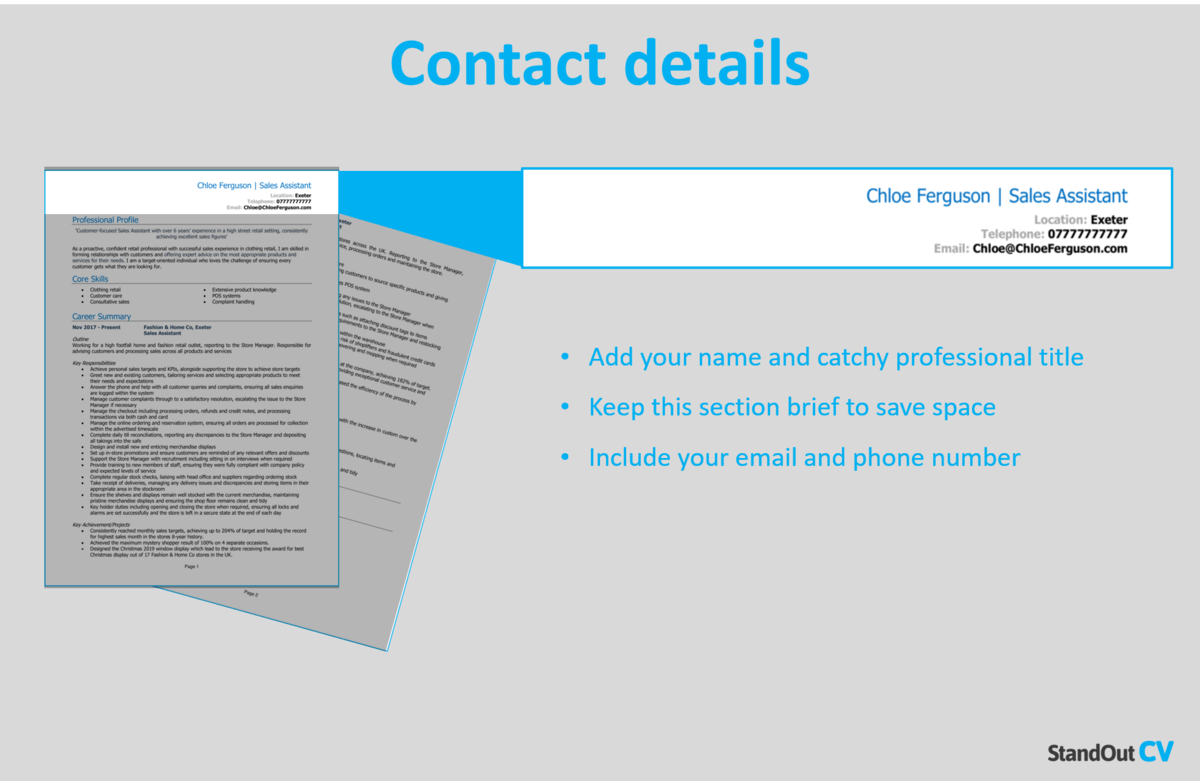
Make it easy for recruiters to get in touch, by heading your CV with your contact details.
There’s no need for excessive details – just list the basics:
Grab the reader’s attention by kick-starting your CV with a powerful profile (or personal statement, if you’re a junior applicant).
This is a short introduction paragraph which summarises your skills, knowledge and experience.
It should paint you as the perfect match for the job description and entice recruiters to read through the rest of your CV.
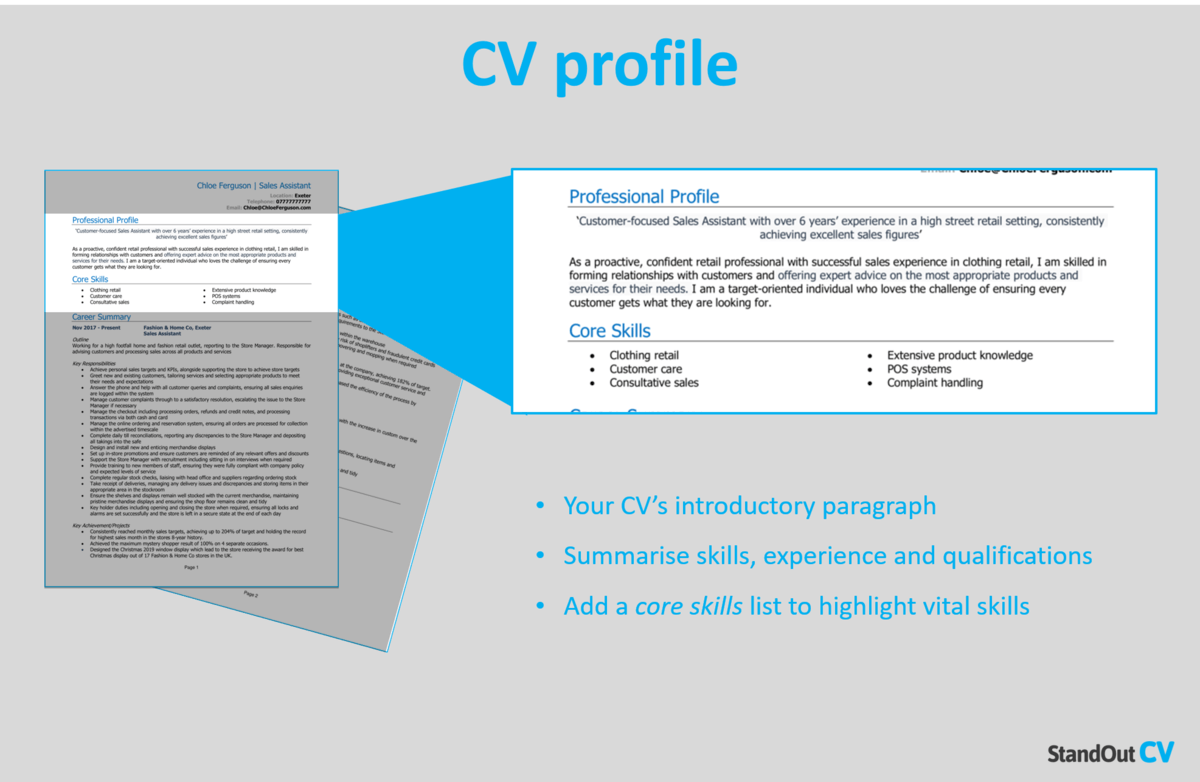
How to write a good CV profile:
Accomplished MEP Engineer with a strong track record of installing and optimising advanced MEP systems for domestic and commercial constructions. HVAC and NICEIC qualified engineer, highly experienced in aligning MEP design and installation with British building regulations and industry standards. Proficient in RFI management, proposal development, and sustainability integration.
Quick tip: If you are finding it difficult to write an attention-grabbing CV profile, choose from hundreds of pre-written profiles across all industries, and add one to your CV with one click in our quick-and-easy CV Builder. All profiles are written by recruitment experts and easily tailored to suit your unique skillset.
To ensure that your most relevant skills catch the eye of readers, create a core skills section below your profile.
This section should be presented in 2-3 columns of bullet points highlighting your applicable skills. Before crafting this section, carefully examine the job description and create a list of any required skills, specialisms, or knowledge.
Use this list to include the necessary information in your section and present yourself as the ideal match for the position.
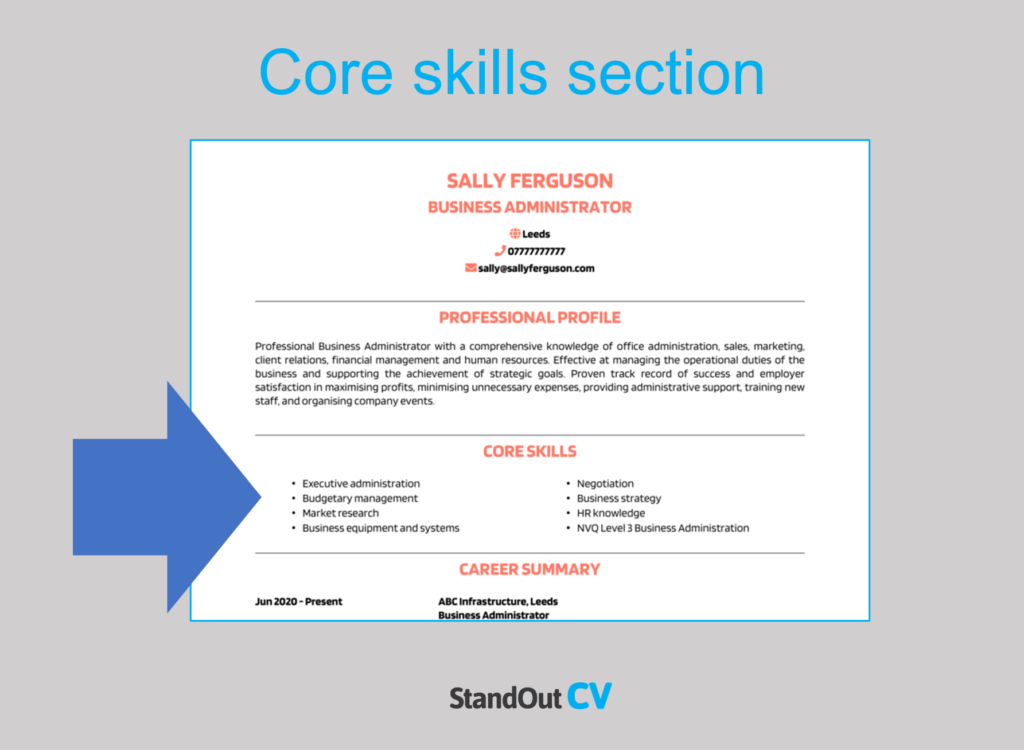
Mechanical Systems Design – Designing and analysing mechanical systems for buildings, including HVAC (Heating, Ventilation, and Air Conditioning) and plumbing systems.
Electrical Systems Design – Designing electrical systems, including power distribution, lighting, and fire alarm systems, ensuring compliance with safety and building codes.
Plumbing Systems Design – Utilising knowledge of plumbing system design, including water supply, drainage, and sanitation systems, while considering water efficiency and sustainability.
Energy Efficiency Analysis – Conducting energy efficiency assessments and recommending improvements to reduce energy consumption in buildings.
AutoCAD and BIM – Using computer-aided design (CAD) software like AutoCAD and Building Information Modeling (BIM) tools for creating detailed MEP plans.
Building Codes and Regulations – Maintaining an in-depth understanding of UK building codes and regulations related to MEP systems to ensure compliance in design and construction.
System Analysis and Simulation – Using simulation software to analyse and optimise MEP system performance and energy efficiency.
Project Management – Utilising project management principles to plan, coordinate, and execute MEP projects on time and within budget.
Sustainable Design – Utilising knowledge of sustainable and green building practices, including LEED (Leadership in Energy and Environmental Design) certification requirements.
Quality Control and Testing – Overseeing quality control processes, conducting system testing, and troubleshooting MEP systems to ensure they function as intended.
Quick tip: Our quick-and-easy CV Builder has thousands of in-demand skills for all industries and professions, that can be added to your CV in seconds – This will save you time and ensure you get noticed by recruiters.


By now, you’ll have hooked the reader’s attention and need to show them how you apply your skills and knowledge in the workplace, to benefit your employers.
So, starting with your most recent role and working backwards to your older roles, create a thorough summary of your career history to date.
If you’ve held several roles and are struggling for space, cut down the descriptions for your oldest jobs.
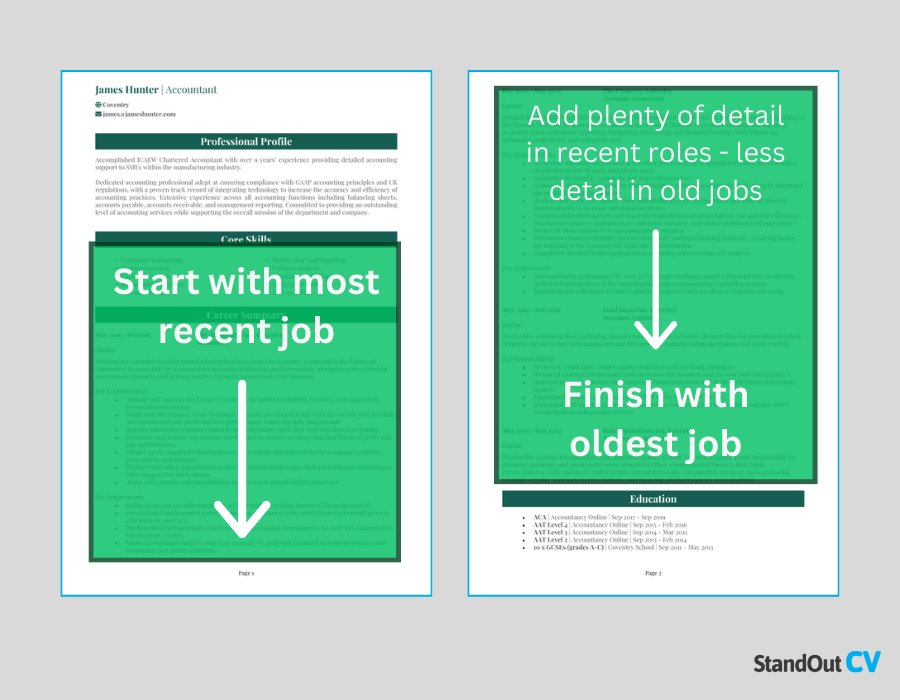
Recruiters will be keen to gain a better idea of where you’ve worked and how you apply your skill-set in the workplace.
However, if they’re faced with huge, hard-to-read paragraphs, they may just gloss over it and move onto the next application.
To avoid this, use the simple 3-step role structure, as shown below:
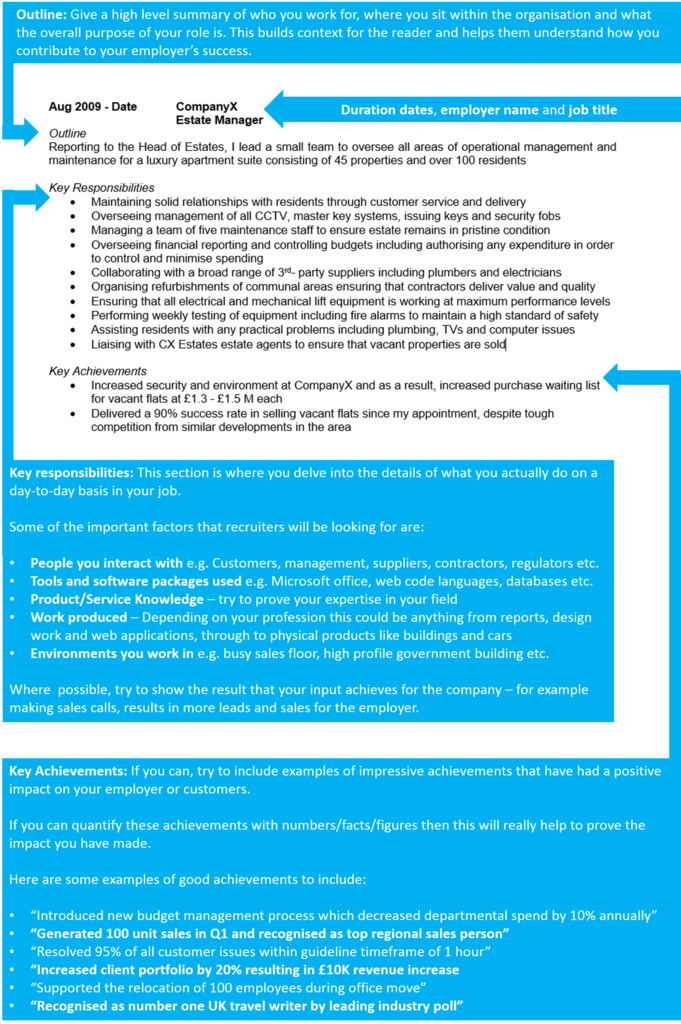
Outline
Start with a 1-2 sentence summary of your role as a whole, detailing what the goal of your position was, who you reported to or managed, and the type of organisation you worked for.
Key responsibilities
Follow with a snappy list of bullet points, detailing your daily duties and responsibilities.
Tailor it to the role you’re applying for by mentioning how you put the target employer’s desired hard skills and knowledge to use in this role.
Key achievements
Round up each role by listing 1-3 key achievements, accomplishments or results.
Wherever possible, quantify them using hard facts and figures, as this really helps to prove your value.
Outline
Oversee and coordinate MEP systems for a leading UK construction firm, managing multi-million-pound contracts and focusing on the efficient installation and integration of mechanical, electrical, and plumbing systems.
Key Responsibilities
Quick tip: Create impressive job descriptions easily in our quick-and-easy CV Builder by adding pre-written job phrases for every industry and career stage.
Next up, you should list your education and qualifications.
This can include your formal qualifications (a degree, A-Levels and GCSEs), as well as sector-specific MEP Engineer qualifications and/or training.
While school leavers and recent grads should include a lot of detail here to make up for the lack of work experience, experienced candidates may benefit from a shorter education section, as your work experience section will be more important to recruiters.
Although this is an optional section, it can be useful if your hobbies and interests will add further depth to your CV.
Interests which are related to the sector you are applying to, or which show transferable skills like leadership or teamwork, can worth listing.
On the other hand, generic hobbies like “going out with friends” won’t add any value to your application, so are best left off your CV.


A strong, compelling MEP (Mechanical, Electrical, and Plumbing) Engineer CV is essential to get noticed and land interviews with the best employers.
To ensure your CV stands out from the competition, make sure to tailor it to your target role and pack it with sector-specific skills and results.
Remember to triple-check for spelling and grammar errors before hitting send.
Good luck with the job search!